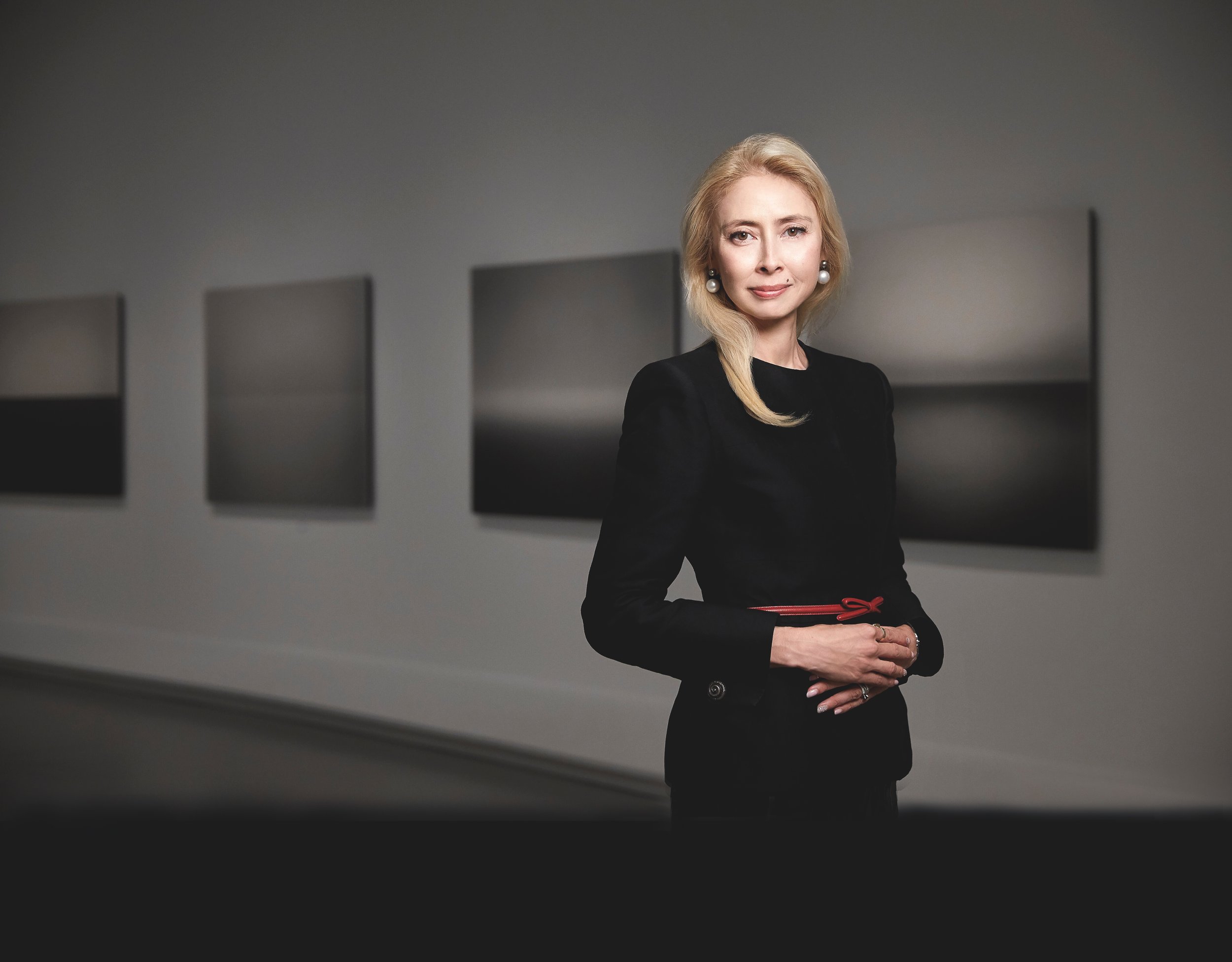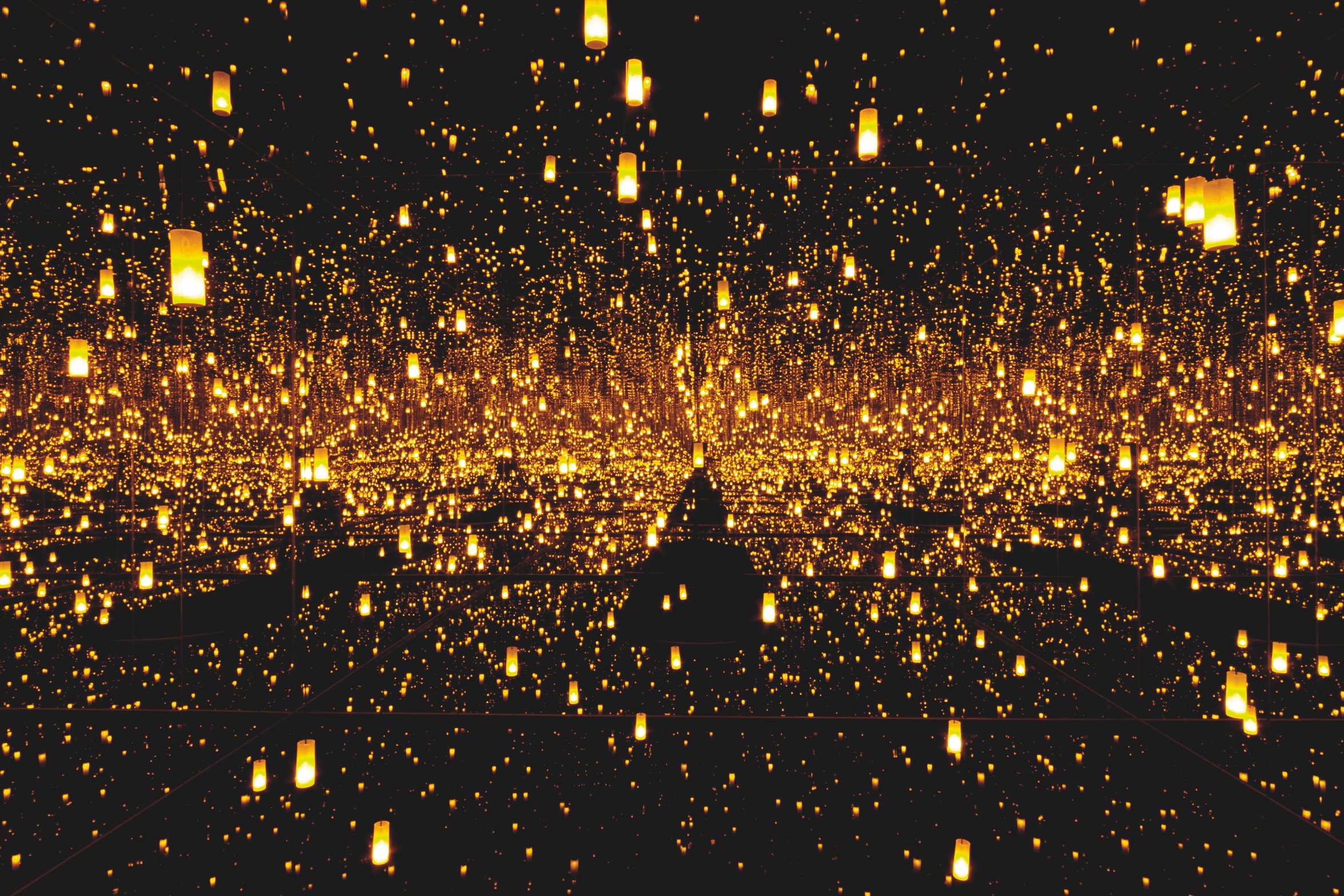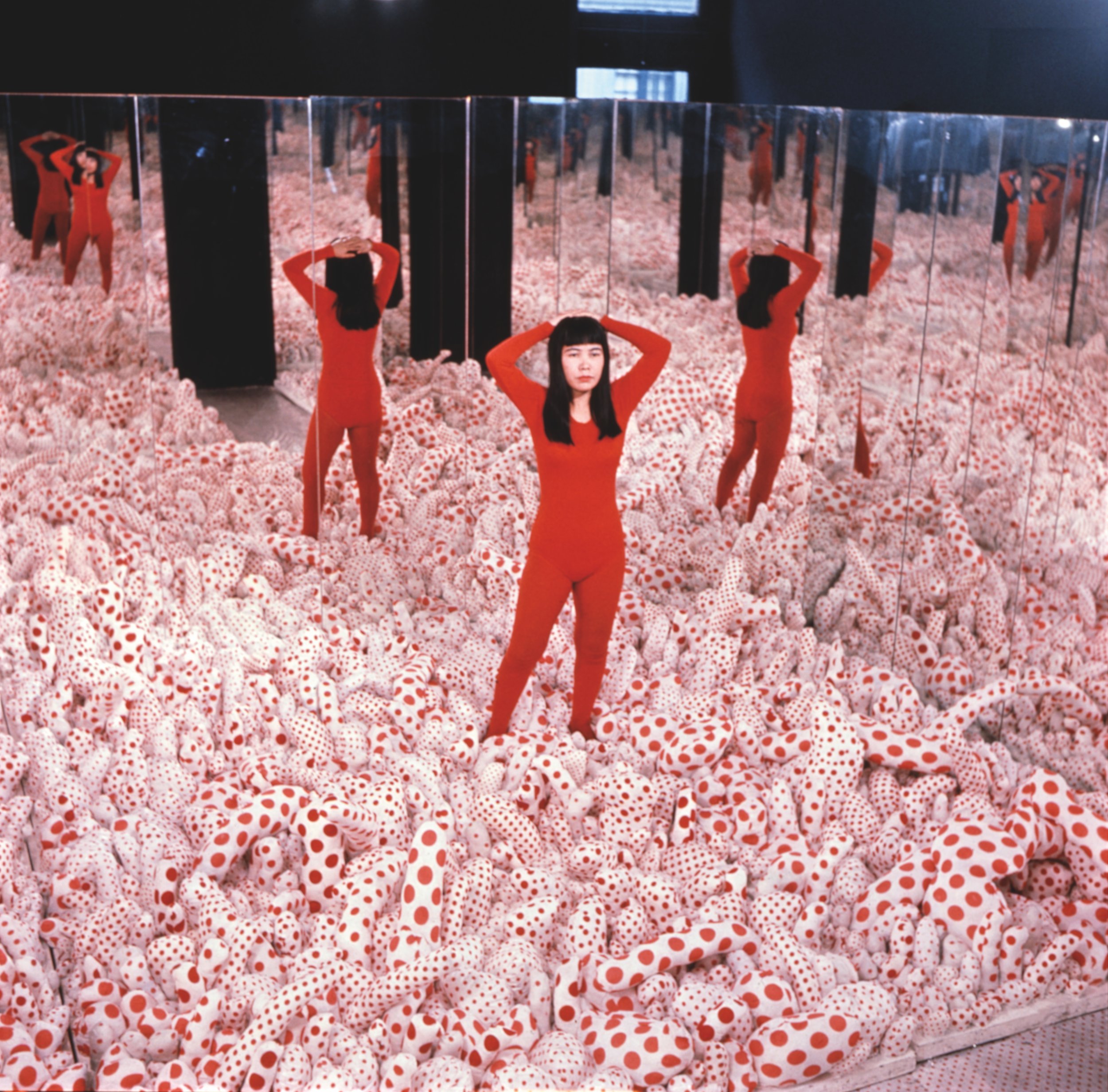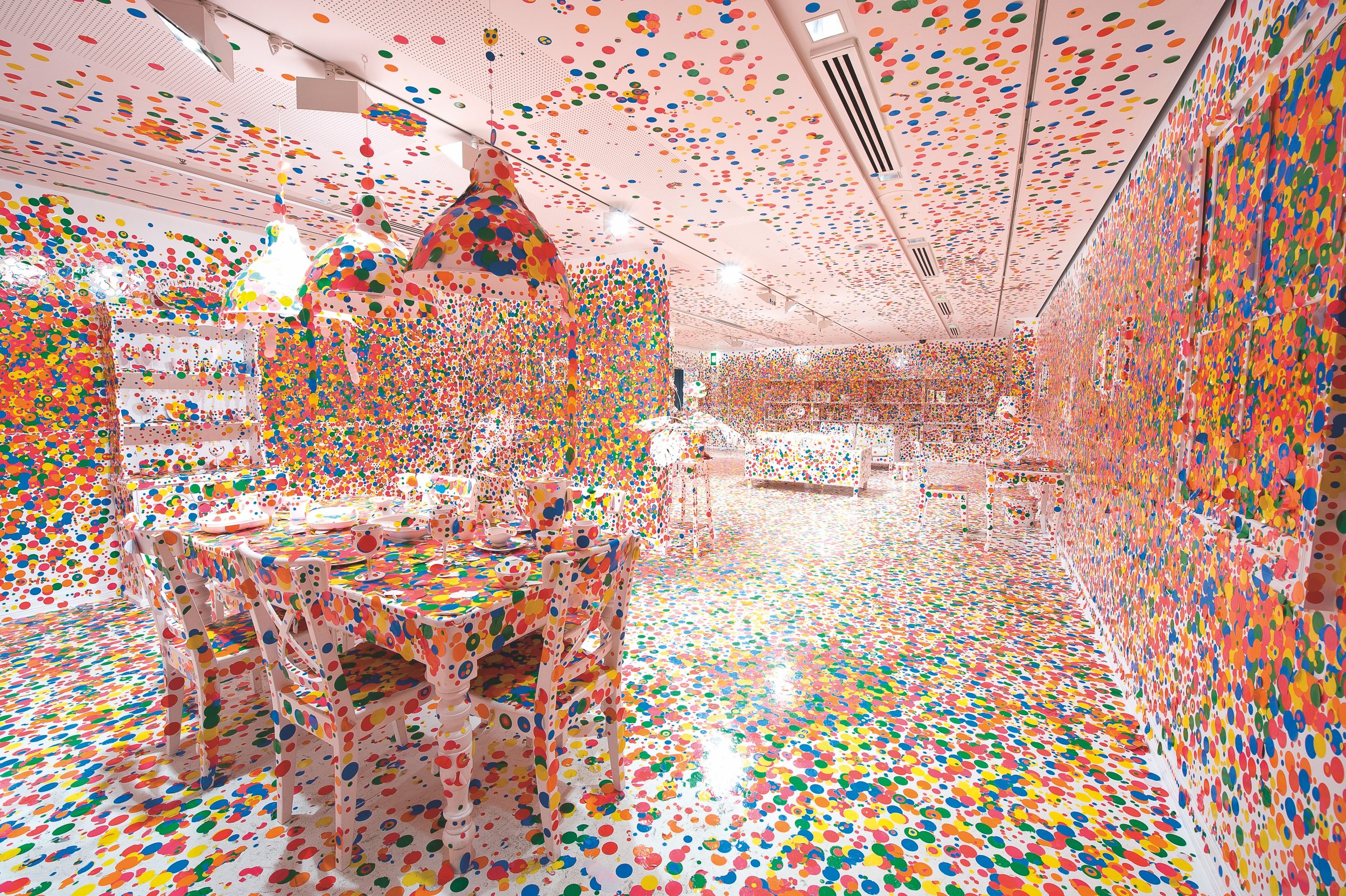The Influencer





It’s a full circle moment for Melissa Chiu. The renowned international curator looks back on one of the first shows she curated for the Asia Society, an organization dedicated to bridging the gap between Asia and the West. About a decade ago, the exhibition highlighted artists of the Pacific, and Chiu felt there wasn’t enough attention on the artists and art from that region. It was a chance for her to bring the recognition they deserved. Now as the curatorial director for Hawai‘i Triennial ’22, she can once again bring the spotlight onto art about the Pacific.
“It’s wonderful to be able to return to this idea of providing another platform for artists who are located or interested in the Pacific,” she says.
With her icy blond hair and an air of worldly sophistication, one could say Chiu is the perfect fit for the role. Throughout her prolific career, Chiu has played an influential role in the global recognition of contemporary Asian art. “Art is everywhere,” she says. “But there was a moment when Paris and New York were the only places that artists and curators could have a career.”
She was born in Darwin, a city located farthest north of Australia — according to Chiu, “you could see Timor on a clear day.” In her experience, Darwin felt more connected to Asia than Australia, which influenced her as she studied art and kicked off her career as an independent curator in Sydney. Eventually, her blossoming career took her to the United States.
As a curator, she’s spoken openly about her commitment to diversity and inclusion and found the opportunity to do that as the director of the Smithsonian’s Hirshhorn Museum of Sculpture Garden in Washington D.C. in 2014. She seeks to bring international art from underrepresented places and artists to the modern art museum.
Remember when the Japanese artist Yayoi Kusama’s captivating Infinity Mirror Rooms took over museums and social media? We can thank Chiu for her role in that. Kusama’s first-ever exhibition of six Infinity Rooms in 2018 was the Hirshhorn’s most popular show, with lines wrapping around the block. Kusama exhibitions around the world followed and the 92-year-old artist is a global phenomenon.
To Chiu, the Hawai‘i Triennial is rooted in important historical context. In the ’90s, triennials, she says, helped bring art to places not typically thought of as art centers but had a vibrant arts and culture scene nonetheless, such as Johannesburg and Guangzhou. “Bringing international art to a local art scene refracts it differently so we can think about art in a new way and allow people to see a major cultural art event often in the absence of major museums,” she says. “It was in some ways an alternative.”
Located in the middle of the Pacific Ocean, the Hawaiian Islands are distinctively connected to many cultures and communities across the Pacific Rim. The Triennial is a chance to shatter preconceived notions of Hawai‘i and put it on the map of the global contemporary art scene. Since the first Honolulu Biennial in 2017, Chiu feels like there’s been a palpable cultural and geopolitical shift in ideas about the Pacific.
Occurring between Feb. 18 and May 8, 2022, the Hawai‘i Triennial will be the largest international contemporary art event in the state. Led by Chiu and her team of associate curators, Dr. Miwako Tezuka and Drew Broderick, the Triennial’s theme is “Pacific Century,” which explores history, place and identity within the context of Hawai‘i’s unique geography. The exhibitions and public programs are meant to give audiences a greater appreciation of the many facets of Hawai‘i and be a catalyst for conversations about topics like indigenous culture and environmental concerns. For example, renowned Chinese artist and activist Ai Weiwei will have three works featured that strongly relate to the environment. After all, it’s impossible to ignore Hawai‘i’s deep connection to nature.
The Triennial will take place across seven venues spanning Honolulu, from the more expected art destinations, such as the Bishop Museum, to the unconventional, like the Royal Hawaiian Center and Foster Botanical Garden, which will feature artwork relating to nature. Chiu and her team spent three years working on the Triennial, thinking about which spaces would benefit from art while providing a space for people to contemplate.
“My hope is that these projects open up a conversation for culture and art being in different places,” she says. “The Hawai‘i Triennial artists challenge us to think about what art can be in this moment.”
